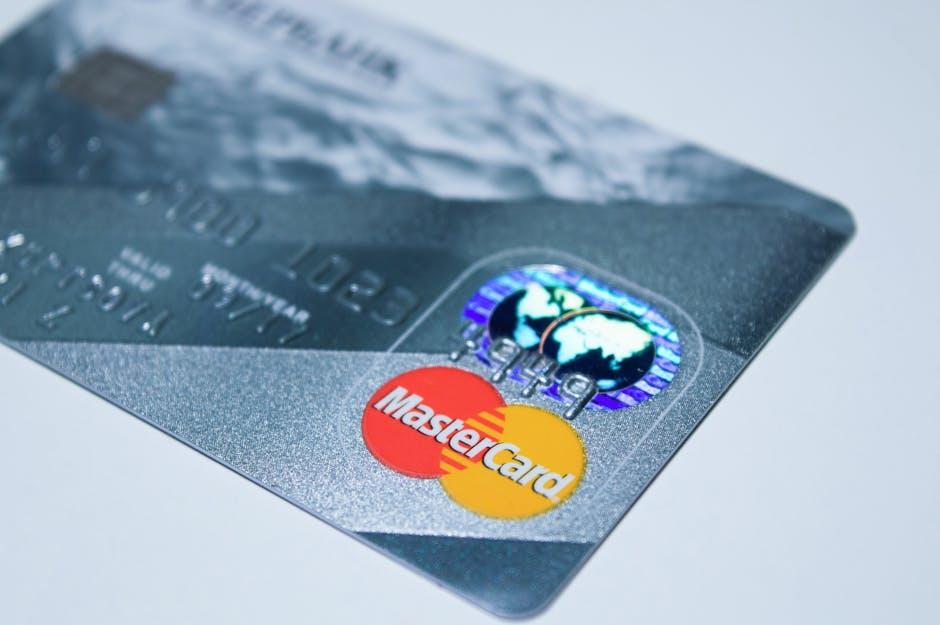
Using Your Flexible Spending Account (FSA) for Dental Care
Managing your dental expenses can often feel overwhelming, especially when routine cleanings and unexpected treatments add up. Fortunately, a Flexible Spending Account (FSA) can be a valuable financial tool to help you save money on dental care costs. Whether it’s routine check-ups, orthodontics, or even certain cosmetic procedures, understanding how to use your FSA effectively can reduce your out-of-pocket expenses significantly.
What is a Flexible Spending Account (FSA)?
An FSA is an employer-sponsored benefit that allows you to contribute pre-tax dollars toward qualified medical expenses. Because you use untaxed income, you reduce your taxable income and increase your overall savings. FSAs can cover a wide range of healthcare costs, including dental care, vision care, prescriptions, and more.
How Does an FSA Work for Dental Care?
When it comes to dental care, FSAs can cover many eligible expenses, allowing you to pay for treatments using pre-tax money. You set aside a specific amount of money each year into your FSA, which you then draw from to pay for qualified dental expenses, reducing the financial burden of care.
Common Eligible Dental Expenses Covered by FSA
- Routine dental exams and cleanings
- X-rays and diagnostic services
- Fillings and crowns
- Orthodontics (braces and retainers)
- Periodontal treatment for gum disease
- Extractions and root canals
- Dentures and bridges
- Mouth guards for medical or dental conditions
Non-Eligible Dental Expenses
- Cosmetic dental procedures primarily for aesthetics (e.g., teeth whitening)
- Over-the-counter toothpaste and toothbrushes
- General health-related dental products not tied to a specific dental condition
Benefits of Using Your FSA for Dental Care
Utilizing your FSA for dental expenses comes with several advantages that can make your healthcare spending smarter and more tax-efficient.
- Tax Savings: Contributions are made pre-tax, effectively lowering your taxable income.
- Budgeting Assistance: Helps you plan and budget for predictable and unpredictable dental expenses throughout the year.
- Immediate Funds: The full annual contribution amount is typically available at the start of the plan year, even if you haven’t fully contributed yet.
- Wide Coverage: Covers preventive care to major dental procedures, making healthcare more accessible.
How to Maximize Your FSA for Dental Expenses
Smart planning and understanding of your FSA’s features ensure you get the most value from its dental coverage.
1. Know Your Eligible Expenses
Review your FSA plan’s list of eligible dental expenses to avoid claim rejections. Many plans align with IRS guidelines, so keep documentation handy.
2. Plan for Annual Dental Visits Early
Scheduling cleanings and exams early in the plan year ensures you utilize your FSA funds before year-end deadlines.
3. Use FSA Debit Cards
Many FSA providers issue debit cards that streamline payments for eligible expenses, eliminating the hassle of reimbursement paperwork.
4. Keep Receipts and Documentation
For all dental expenditures, retain itemized receipts to submit claims or respond to IRS verification requests.
5. Understand Your FSA’s Use-It-or-Lose-It Rules
Most FSAs require you to use funds within the plan year or a grace period, so plan expenses accordingly to avoid losing money.
Case Study: How Using FSA Helped Emily Save on Orthodontic Care
Emily, a 28-year-old professional, needed braces but was concerned about the high cost. By allocating $2,500 into her FSA at the start of the year, she effectively reduced her taxable income by that amount. Using her FSA debit card, she paid for her orthodontic consultations and braces installments. Additionally, Emily made timely contributions which allowed her to cover all costs without dipping into savings. Her tax savings and smart planning reduced her actual out-of-pocket expense by nearly 30%.
Comparison of Eligible vs Non-Eligible Dental Expenses for FSA
| Eligible Expenses | Non-Eligible Expenses |
|---|---|
| Dental exams and cleanings | Teeth whitening |
| X-rays and fillings | Toothbrushes |
| Orthodontics (braces) | Cosmetic veneers |
| Root canals and crowns | General dental hygiene products |
| Periodontal treatment | Over-the-counter dental kits |
Frequently Asked Questions (FAQs)
Can I use my FSA for dental implants?
Yes, dental implants are generally covered as they are considered a necessary dental procedure. Ensure to check your specific FSA policy details.
Does my FSA cover cosmetic dental procedures?
Most cosmetic procedures, such as teeth whitening, are not covered unless deemed medically necessary by a doctor or dentist.
What happens if I do not use all my FSA dental funds by the deadline?
FSAs usually have a “use-it-or-lose-it” policy, where unused funds are forfeited unless your plan offers a grace period or a carryover option.
Conclusion
Using your Flexible Spending Account for dental care is a savvy way to reduce your healthcare expenses while benefiting from tax savings. From routine cleanings to major dental procedures like orthodontics, an FSA can help make quality dental care affordable and accessible. By understanding eligible expenses, planning ahead, and staying organized, you can get the most out of your FSA and maintain a healthy, confident smile throughout the year.
Remember: always consult your FSA plan administrator to confirm which dental expenses are eligible and review deadlines to avoid losing unused funds. Start budgeting your dental care with an FSA today and invest in your oral health without breaking the bank.


